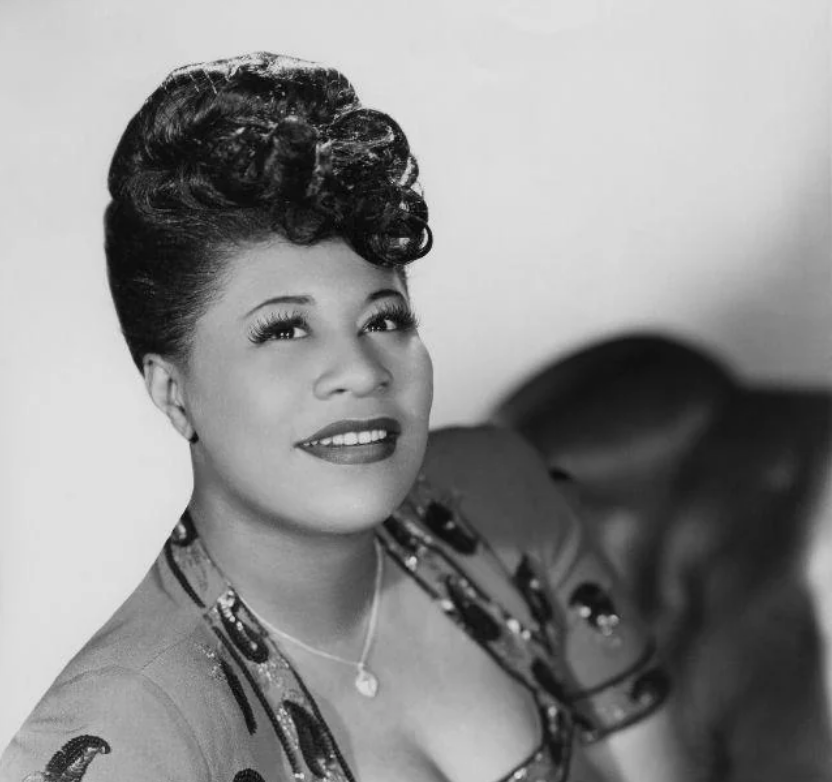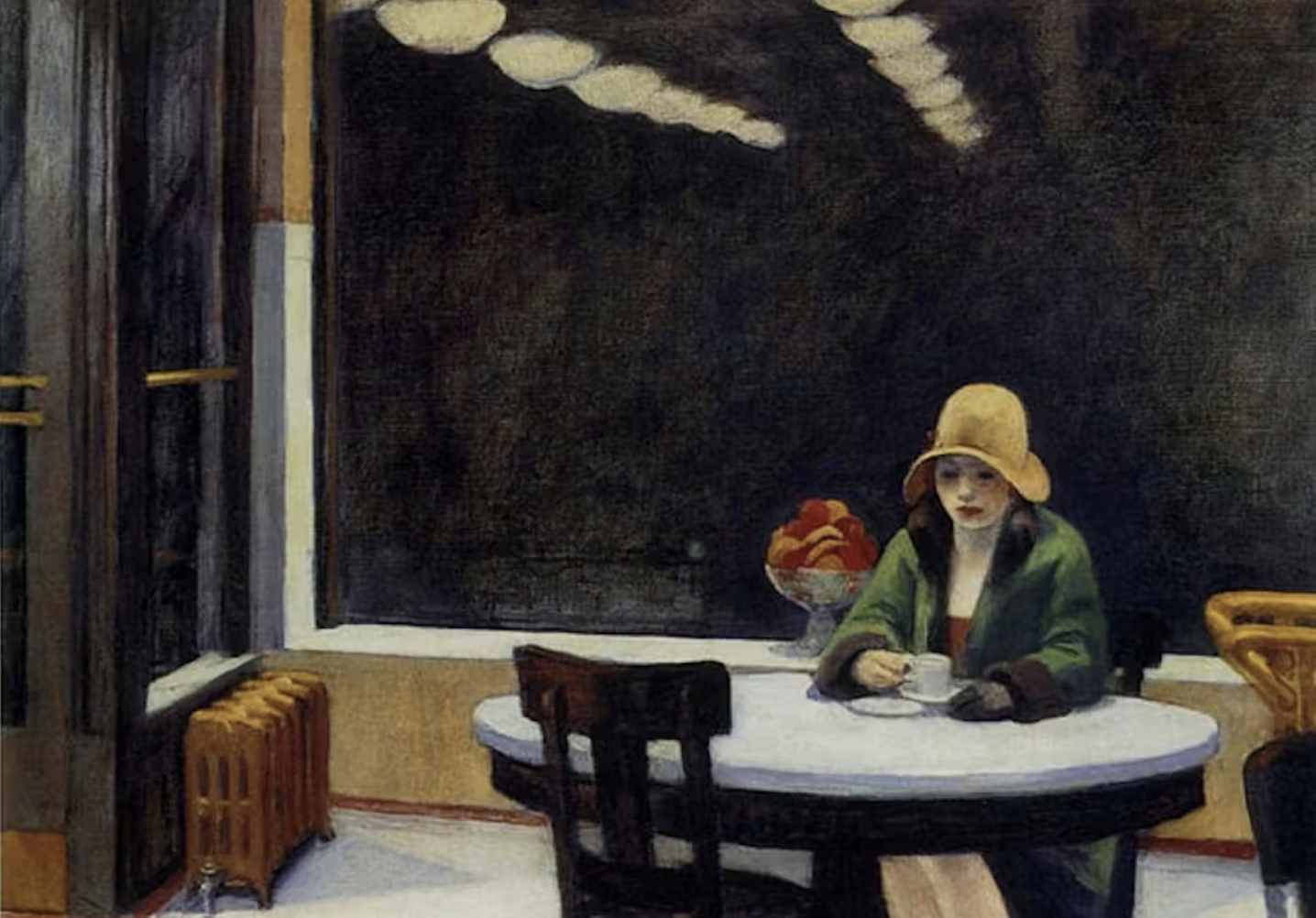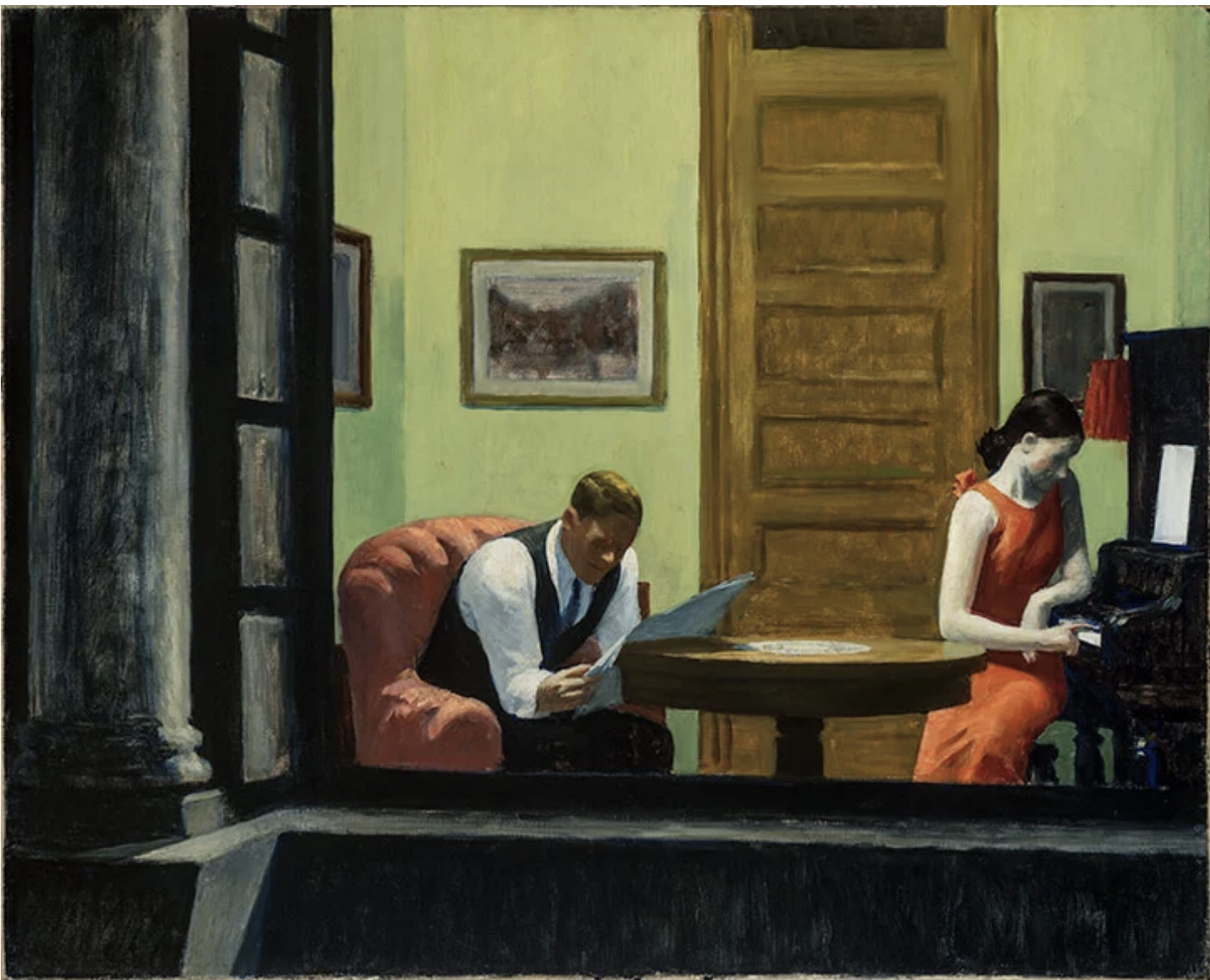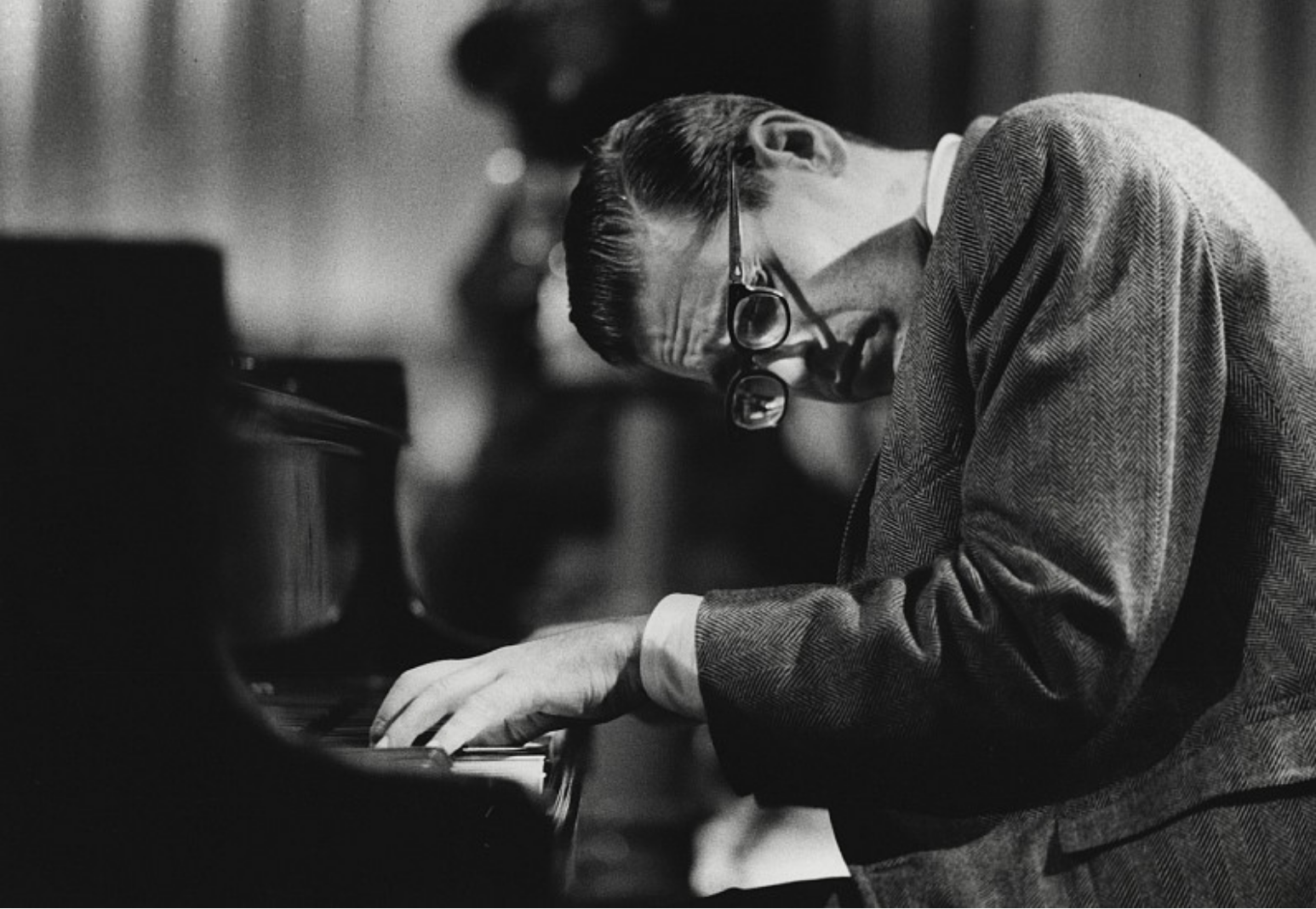Manet, Baudelaire and the Flaneur Strategist
Manet, ‘Music in the Tuileries’
‘Modernity is the transitory, the fugitive, the contingent - that half of art of which the other is eternal and immutable.’
Charles Baudelaire
Édouard Manet painted the vibrant modern world that was emerging around him in mid-nineteenth century Paris. Working in his own simple, direct style he created a bridge between Realism and Impressionism, and he is considered by many to have been the first modern artist. Some also think he was an archetype for Baudelaire’s ‘flaneur’: a debonair, detached onlooker, wandering the metropolis making acute observations on contemporary life.
Manet prompts us to reflect on our own engagement with change, culture and the city.
'Every new painting is like throwing myself into the water without knowing how to swim.’
Édouard Manet
Manet was born in Paris in 1832, into an affluent middle-class family. His father Auguste, a judge, wanted his son to follow him into the law. Then, when the young Édouard struggled at school, he suggested a maritime career. But a voyage to Rio de Janeiro culminated in failed Navy exams. Finally Auguste relented and allowed his son to pursue his long-held ambition to train as an artist.
Whilst Manet was a great admirer of the Old Masters, particularly the Spanish School, he was not fond of the Romantic art that dominated French painting at his time. Religious, historical and moral themes seemed less relevant to him than the Realism recently pioneered by Gustave Courbet.
Manet’s inclination towards Realism may have been inspired by the phenomenal structural and social change that was going on around him in his home town. France had been in constant upheaval since the revolution of 1789. When in 1848 Napoleon III became Emperor, he set out to transform Paris from a cramped medieval city into a vibrant modern capital. The Emperor commissioned Georges-Eugène Haussmann to carry out a massive urban renewal programme - demolishing existing streets to create space for a network of interconnecting boulevards, lined with cafes, restaurants and theatres; for new parks and railway stations; for gaslight and improved sanitation.
'I paint what I see and not what others like to see.’
Édouard Manet
Portrait of Charles Baudelaire in Profile by Edouard Manet
Around 1855 Manet became close friends with the poet and critic Charles Baudelaire. Each day they would stroll together through the new boulevards and parks of Paris, discussing the emerging industrial age, the thrill of modern city life and the responsibility of the artist to depict it.
In his essay ‘The Painter of Modern Life’ (published in Le Figaro in 1863) Baudelaire celebrated the work of Constantin Guys, the war correspondent, water colourist and illustrator. In particular he drew attention to Guys’ mastery of the fleeting moment; of passing fashion; of the here and now.
'He has sought, everywhere, the passing beauty of present-day life, the fleeting character of that which the reader has allowed us to term modernity. Often bizarre, violent, excessive, but always poetic, he has succeeded in concentrating, in his drawings, the flavour, be it bitter or heady, of the wine of Life.'
Charles Baudelaire
In the same essay Baudelaire also described the flâneur, the artist-poet of the modern metropolis.
'The crowd is his element, as the air is that of birds and water of fishes. His passion and his profession are to become one flesh with the crowd. For the perfect flâneur, for the passionate spectator, it is an immense joy to set up house in the heart of the multitude, amid the ebb and flow of movement, in the midst of the fugitive and the infinite. To be away from home and yet to feel oneself everywhere at home; to see the world, to be at the centre of the world, and yet to remain hidden from the world... The spectator is a prince who everywhere rejoices in his incognito. The lover of life makes the whole world his family…The lover of universal life enters into the crowd as though it were an immense reservoir of electrical energy. Or we might liken him to a mirror as vast as the crowd itself; or to a kaleidoscope gifted with consciousness, responding to each one of its movements and reproducing the multiplicity of life and the flickering grace of all the elements of life.'
Charles Baudelaire
Manet shared Baudelaire’s enthusiasm for realism, modernity and the city (though he articulated his passion with fewer words).
'One must be of one's time and paint what one sees.’
Édouard Manet
His 1862 work ‘Music in the Tuileries’ presented contemporary Paris at leisure. We see a crowd of smartly dressed dignitaries, intellectuals and socialites, seated, standing and promenading under the chestnut trees. They rejoice in their fashionable clothing, in seeing and being seen.
We must assume from the title that a concert is taking place, but we can see no orchestra. Manet painted the assembly with loose strokes of the brush, distributing the figures across the picture as if in a frieze, with no obvious focal point. Most of the faces are just a blur. This is a brief passing moment; a story half told.
In amongst the throng in ‘Music in the Tuileries’ we can identify the painter’s brother Eugène, along with other family members and friends - including the musician Jacques Offenbach, the artist Henri Fantin-Latour and Baudelaire. Manet himself stands at the far left of the picture, impeccably dressed and holding a cane, a participant in the scene, but also slightly detached from it.
Edouard Manet - Le Chemin de fer (The Railway)
'It is not enough to know your craft - you have to have feeling. Science is all very well, but for us imagination is worth far more.’
Édouard Manet
Baudelaire’s description of the flaneur and Manet’s evocation of it may still resonate with us today.
We can imagine the Flaneur Strategist: a wandering observer, immersed in contemporary urban life. Someone who engages in culture and change; celebrates the new, the innovative and the fashionable. And yet also stands to one side – watching, witnessing, taking notes – alone in the crowd.
But the concept of the Flaneur Strategist also poses a challenge. With new technology we increasingly hide behind screens, pods, buds and beats. With maturity and success there is a tendency to withdraw; to cocoon ourselves in comforts. We retreat to the country, to bigger houses and better cars; to our own private bubbles.
If we want to sustain our careers over the longer term, we would do well to stay in touch with ordinary people; with the rhythm of the city, the clamour of the crowd, the commotion of change – participating in culture, reviewing it from the inside, not the outside.
‘Genius is childhood recovered at will.’
Charles Baudelaire
When it was first exhibited ‘Music in the Tuileries’ was poorly received – by both journalists and the general public. They were uncomfortable with Manet’s contemporary subject matter, his unusual composition and loose technique. Although the artist was fiercely independent, he was always sensitive to criticism.
Édouard Manet - Un bar aux Folies Bergère
'The attacks of which I have been the object have broken the spring of life in me... People don't realize what it feels like to be constantly insulted.’
Édouard Manet
Nonetheless, Manet persevered. ‘Music in the Tuileries’ was followed by more masterpieces: 'Le Déjeuner sur l’Herbe', ‘Olympia’, 'A Bar at the Folies-Bergère;' by vital pictures of social events, and street and café scenes; by enigmatic portraits of fashionable people. He became the quintessential artist of the contemporary city; and something of a father figure to the Impressionists - socialising with them in city cafes and offering advice.
What we do not know is whether Baudelaire approved of Manet’s work. The writer remained curiously silent about his friend’s output. Perhaps Manet was not quite ‘The Painter of Modern Life’ that he had in mind.
'Some time,
Great times,
Troubled time.
Fire for the times,
Ringing out footsteps,
Calling out steel-heels.
Promised land.
Great times in commotion.
Here comes every day,
It only lasts an hour,
Unhappy the land that has no heroes,
No! Unhappy the land that needs heroes.’
Simple Minds, '20th Century Promised Land' (B Mcgee / C Burchill / D Forbes / J Kerr / M Macneil)
No. 441































